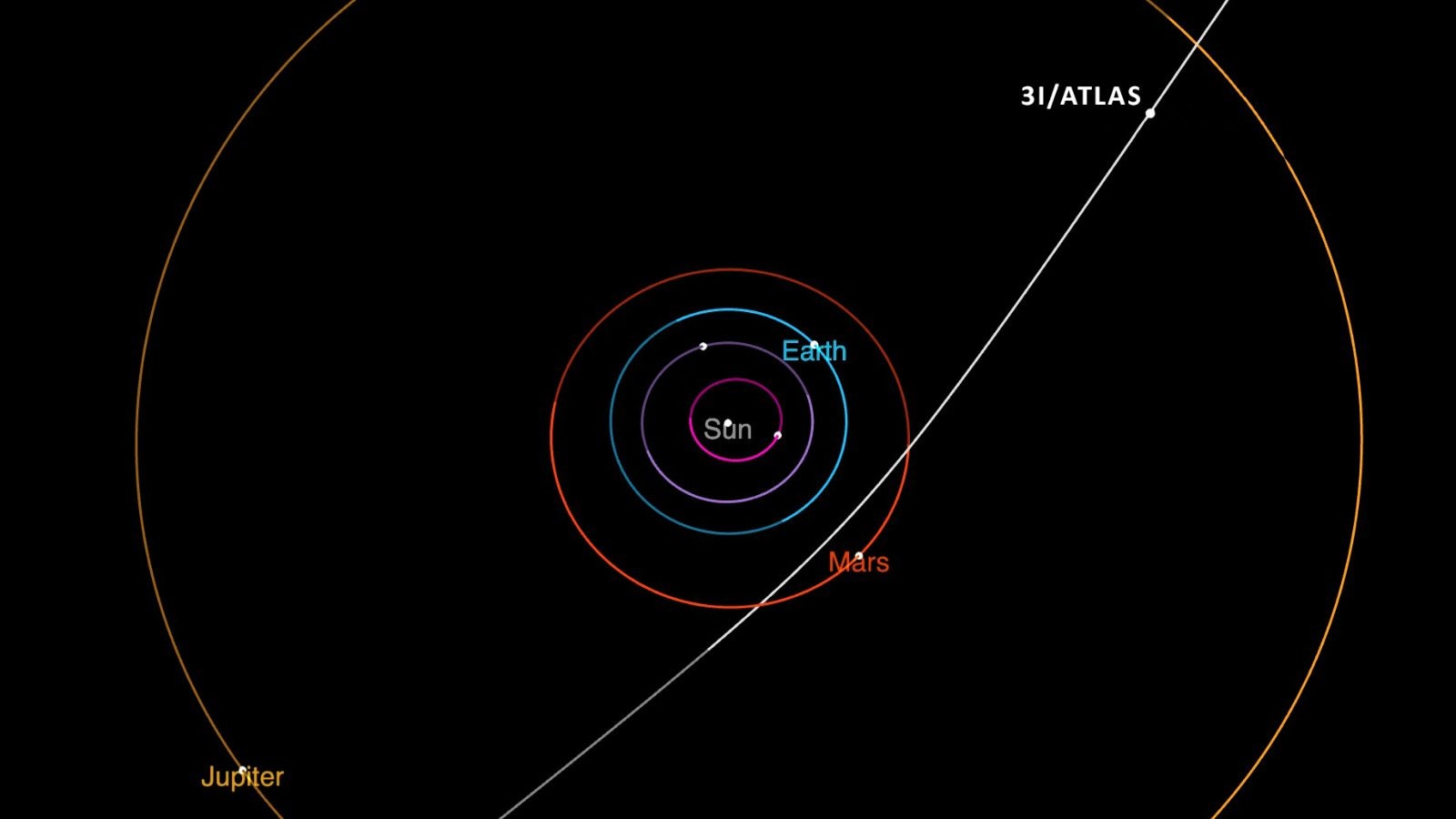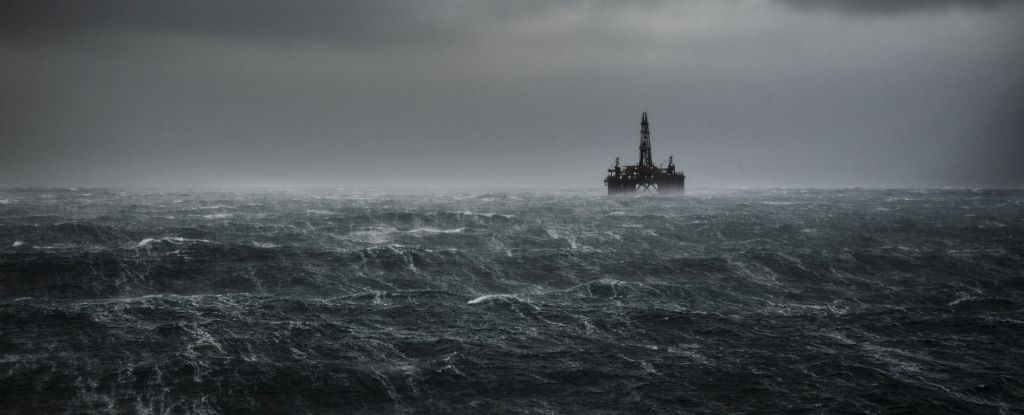Scientists Discover Bizarre Ocean Floor Mystery That Could Change Everything!

Imagine flipping a pancake, but what you find under it rewrites everything we thought we knew about Earth’s history! Scientists are currently grappling with a baffling discovery at the bottom of the North Sea that’s raising eyebrows and sparking wild theories.
From whispers of the legendary lost city of Atlantis to ancient ruins hidden beneath the waves, the ocean floor has always held secrets. However, this latest revelation might just be the strangest yet. Researchers from the University of Manchester have uncovered an astonishing geological process they’ve named 'sinkites'—a phenomenon that seemingly defies the laws of geology as we know them.
Stratigraphic inversion, or reverse stratigraphy, is the process at play here, where younger layers of seabed sink underneath older ones, creating a peculiar upside-down world on the ocean floor. Typically, geological layers are deposited in a straightforward order: younger on top and older beneath. But what the scientists found is that dense sand has sunk into lighter sediments, creating massive mounds of material that distort this expected hierarchy.
Lead author Mads Huuse, a geophysicist, expressed his astonishment: “This discovery reveals a geological process we haven't seen before on this scale.” Indeed, while such inversions can occur due to tectonic activity or rockslides, the sheer volume and complexity of what’s been found is unprecedented.
Huuse and his colleague Jan Erik Rudjord from Aker BP utilized cutting-edge 3-D seismic data to unveil these extraordinary structures. By sending acoustic waves into the seabed and analyzing the reflections, they found large swathes of the ocean floor were not just unusual, but upside-down! These younger, heavier layers of sand are buried beneath the more traditional, softer older layers, creating a reverse landscape.
The study suggests that these sinkites formed between the Miocene and Pliocene eras, around 5.3 million years ago. This geological flipping has resulted in what the researchers have described as 'floatites', a term that highlights the bizarre reality of lighter material rising above the denser sediment, completely restructuring how we understand layer deposition.
As researchers dive deeper into this phenomenon, the implications stretch far beyond mere curiosity. Understanding these sedimentary movements could significantly impact our approach to energy and carbon storage, crucial for combating climate change. Huuse emphasized that this insight could revolutionize how we assess underground reservoirs, sealing, and fluid migration – all essential for effective carbon capture and storage.
While some skeptics voice doubts, many others support this innovative model. As with all scientific advancements, only time and further research will reveal the true impact of this eye-opening discovery.
























